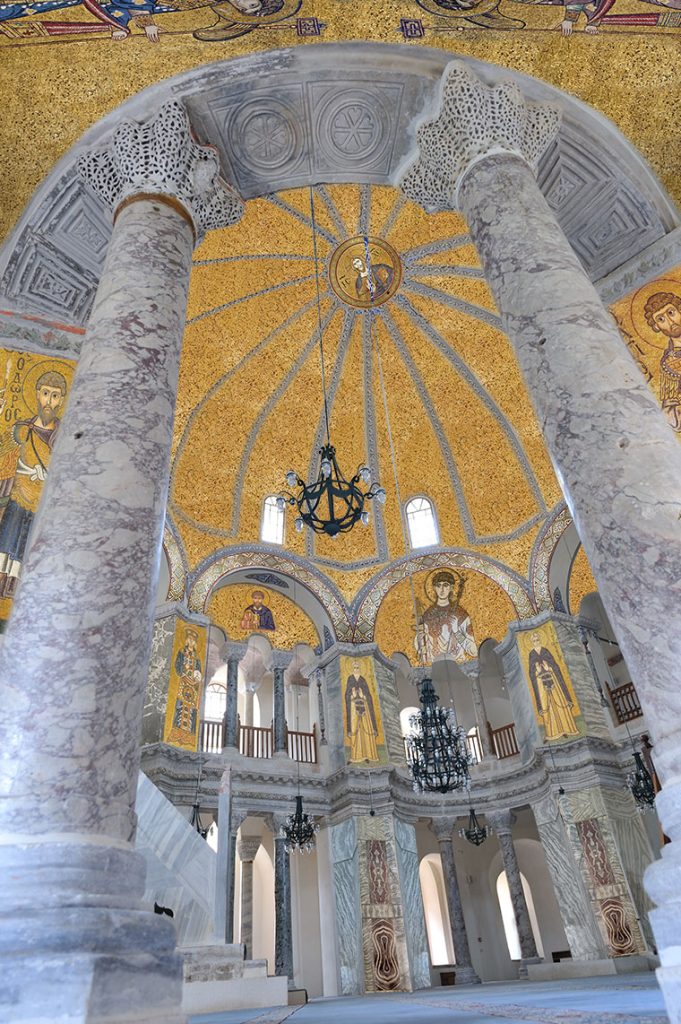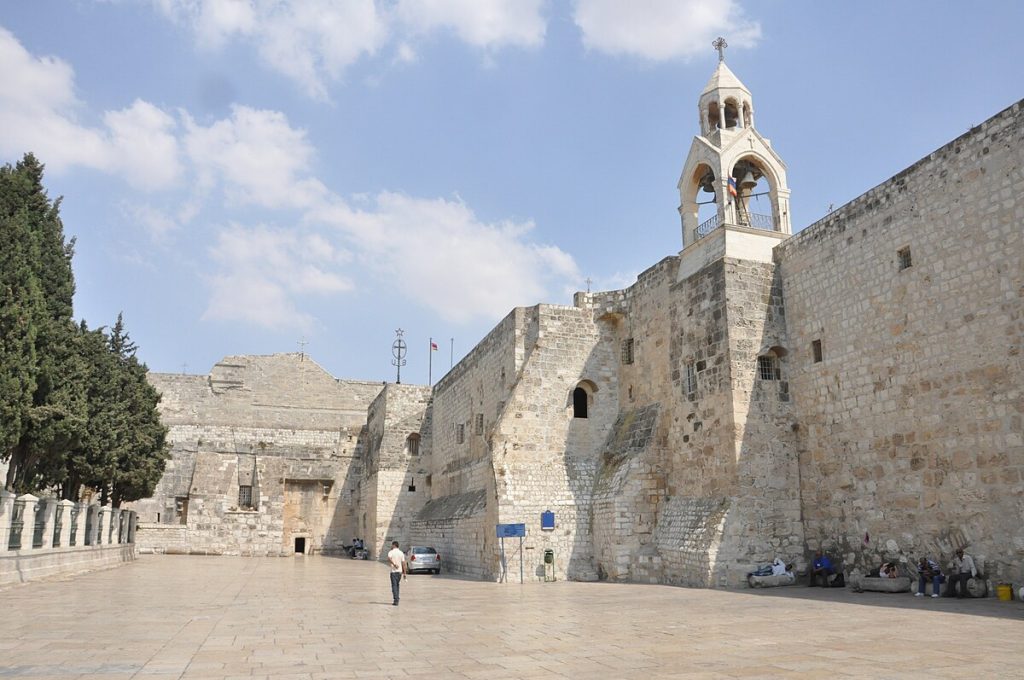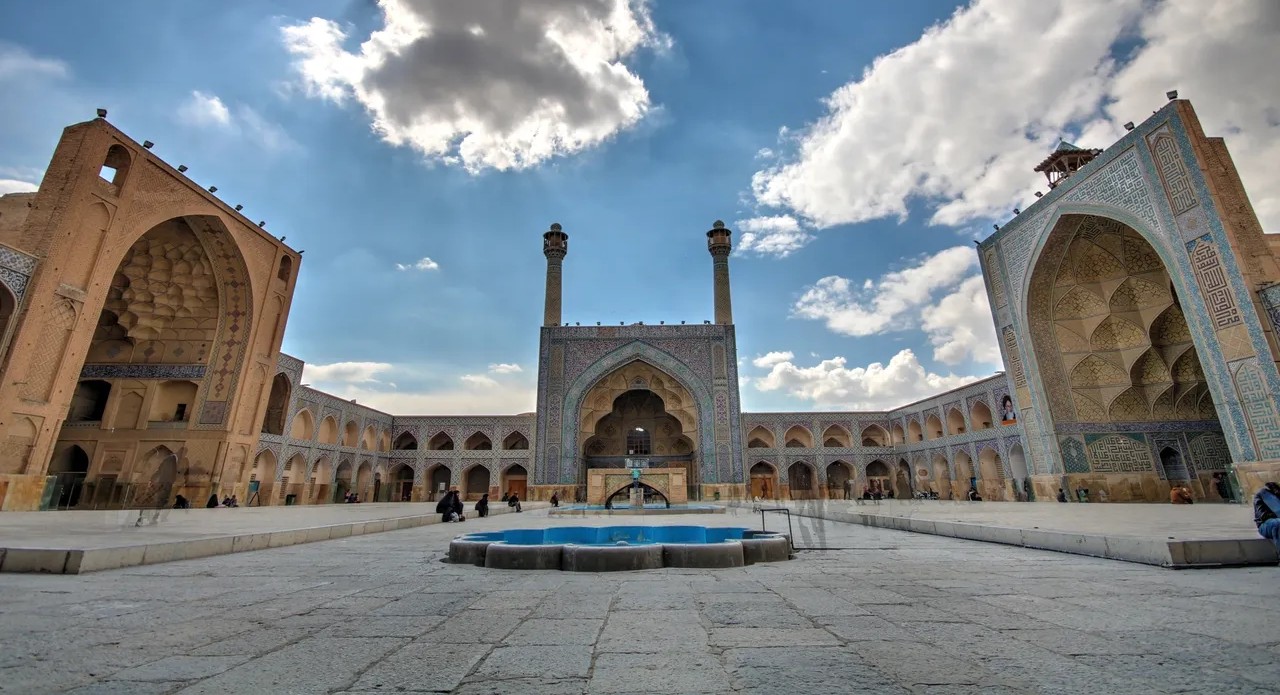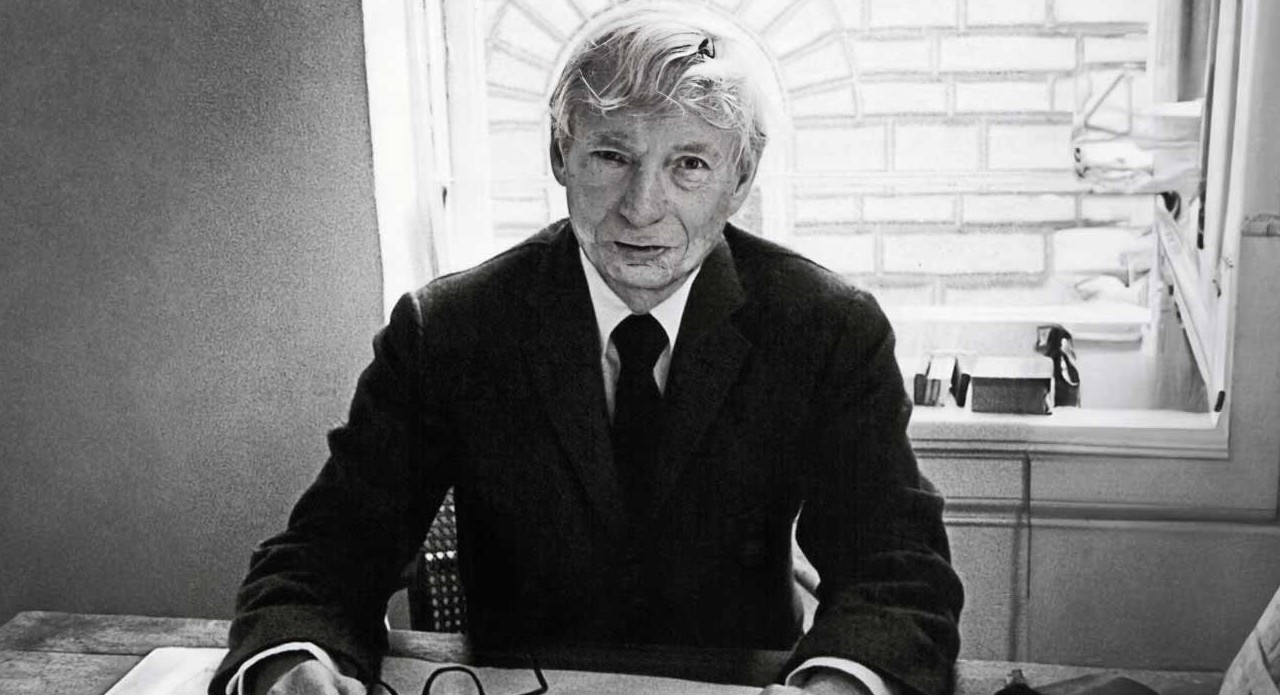In the vast timeline of architectural history, few styles shine as literally — or as lastingly — as Byzantium. Byzantine architecture didn’t just embrace light; it carefully staged it. Domes seemed to float on halos, mosaics flickered like celestial scripts, and interiors shimmered with the golden theatricality of divinity. If Roman architecture built empires, Byzantine architecture built an experience — one that blurred the line between structure and sanctuary.
Born in the Eastern Roman Empire, this style infused classical discipline with Christian symbolism, Eastern mysticism, and a distinctive love for glittering surfaces. It marked the moment when architecture grew bolder, more spiritual, more immersive. Byzantium didn’t simply design buildings; it designed worlds.
Origins Of A Golden Vision
The roots of Byzantine architecture lie in ancient Rome, but its spirit was unmistakably Eastern. When Constantine declared Constantinople the new imperial capital, architecture needed a new identity — something powerful enough to represent the empire and spiritual enough to embody the Christian worldview.
Byzantine architects took the Roman basilica and reimagined it. They blended longitudinal plans with centralized domes, turning worship from a horizontal procession into a vertical revelation. The goal wasn’t just shelter; it was transcendence.
A Theology In Stone And Gold
Byzantine architecture was never just design; it was doctrine. Every proportion, arch, and mosaic conveyed theology. Worshippers entering these spaces were enveloped in narrative — biblical, imperial, symbolic. Unlike Gothic architecture, which reached upward to heaven, Byzantium brought heaven down into the room. The result? Architecture that felt alive, breathing, glowing — a spatial sermon in gold and stone.
A Legacy That Outlived The Empire
Even when the Byzantine Empire fell in 1453, its architectural language did not. Ottoman mosques, Russian cathedrals, Venetian basilicas, Balkan monasteries — all trace their origins to Byzantine forms. Modern Neo-Byzantine architecture continues to echo the same principles: domes, mosaics, symmetry, and a fascination with vertical drama. Byzantium never truly vanished. It simply adapted — proof that great architecture doesn’t fade; it evolves.
Top 5 Most Iconic Byzantine Structures
Here are five masterpieces that define the brilliance of Byzantine architecture
Hagia Sophia, Istanbul

Perhaps the most revolutionary building of the ancient world, Hagia Sophia is the epitome of Byzantine genius. Its massive central dome appears to float weightlessly above a halo of windows, while its golden mosaics once shimmered across every surface. Built in just five years under Emperor Justinian, it remains the ultimate symbol of Byzantine innovation
Basilica Of San Vitale, Ravenna
A jewel of Western Byzantium, San Vitale is famed for its breathtaking mosaics — including portraits of Emperor Justinian and Empress Theodora. Its octagonal plan and centralized dome reflect the experimental creativity of the er
Church Of St. Sergius and Bacchus, Istanbul

Often called the Little Hagia Sophia, this 6th-century marvel is where Byzantine experimentation truly came alive. With its octagonal core, airy dome and elegant galleries, it served as a blueprint for later imperial churches. Its interior once shimmered with marble panels and gilded details, showcasing a refined, almost intimate side of Byzantine aesthetics—proof that grandeur didn’t always need to shout; sometimes, it whispered through geometry and grace.
St. Catherine’s Monastery, Sinai

One of the oldest working monasteries in the world, its Byzantine chapel houses some of the finest early Christian icons. The architecture blends fortress-like walls with a serene basilica interior — a fusion of spirituality and survival
The Church Of The Nativity, Bethlehem

Originally commissioned by Constantine and later restored under Justinian, this church showcases early Byzantine structural planning, especially in its mosaics and basilica layout. It is one of the oldest continuously operating churches on the planet.











